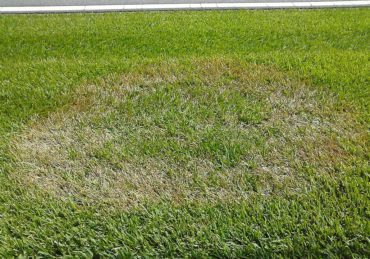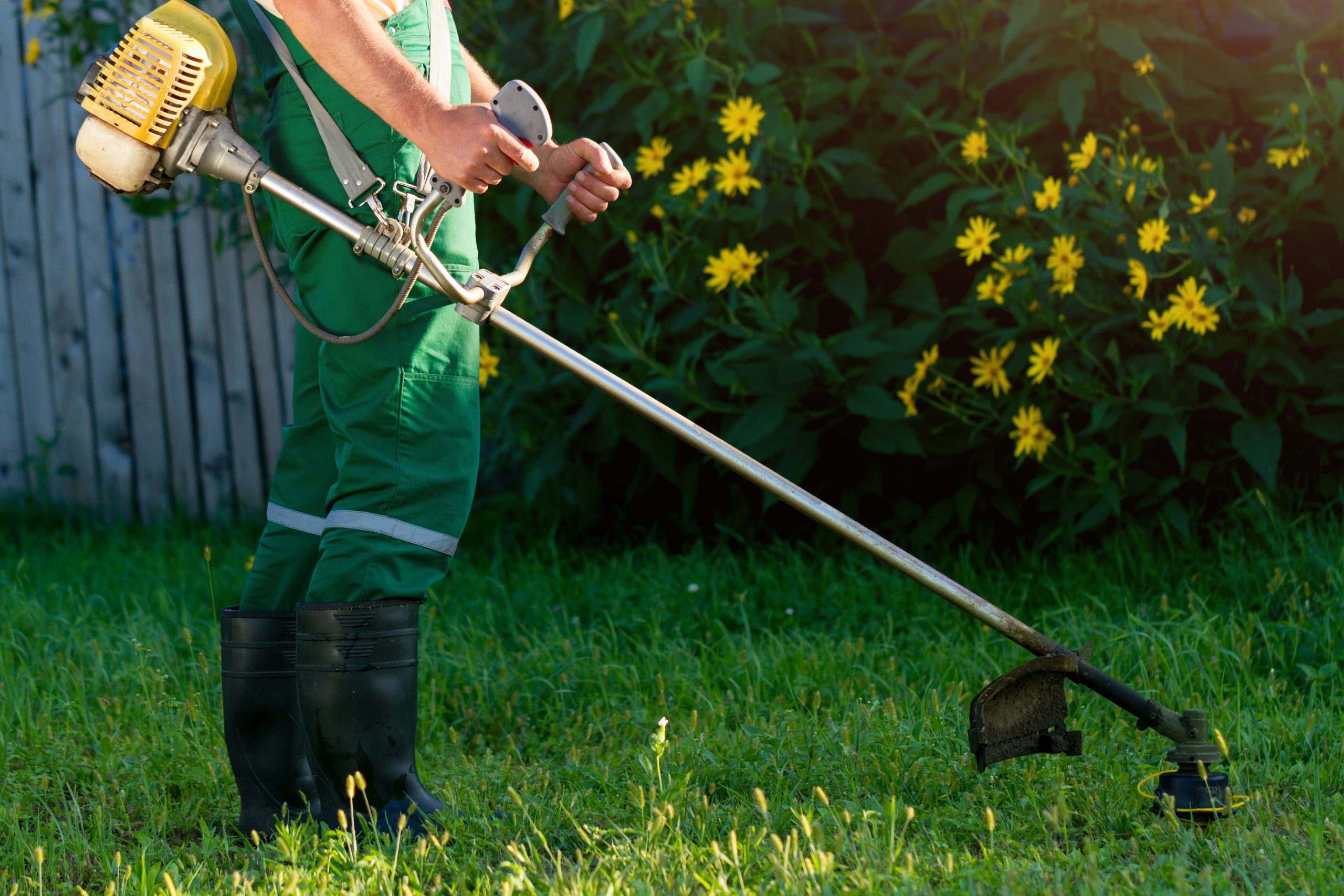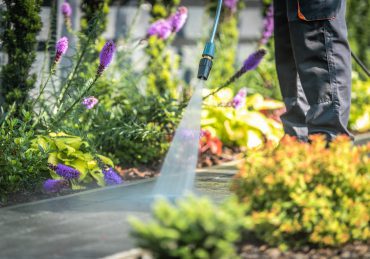Winter-hardy plants are champions of resilience, standing strong through frost and snow to keep gardens vibrant all year long. These durable plants are specially adapted to survive the harshest conditions, adding color, structure, and life to winter landscapes. Discover how winter-hardy plants can transform your garden into a year-round oasis, braving winter’s chill with style.
Introduction to Winter-Hardy Plants
Winter-hardy plants are a fantastic asset for gardens in colder climates, offering color, texture, and interest throughout the winter months. Among these resilient options, perennials and evergreens stand out for their ability to thrive despite freezing temperatures and reduced sunlight. Winter-hardy perennials, such as hellebores, sedums, and ornamental grasses, die back in late fall but reemerge each spring, bringing renewed life and beauty without needed to be replanted. Their roots can withstand frost, making them reliable anchors in garden beds year after year.
Evergreens, such as boxwoods, hollies, and junipers, maintain their foliage throughout winter, providing continuous structure and color, from rich greens to silver-blues. They are invaluable for creating visual interest when other plants are dormant, and their foliage often provides food and shelter for winter wildlife. By incorporating both types of winter-hardy plants, gardeners can create dynamic, resilient landscapes that retain their appeal through snow and frost. These plants not only enhance winter gardens with their durable beauty but also reduce the need for frequent replanting, saving time and resources. For anyone looking to keep their garden lively year-round, landscaping services can offer guidance in creating a well-planned, low-maintenance winter garden.
Types of Winter-Hardy Plants to Enhance Your Outdoor Garden
Evergreen Shrubs
Evergreen shrubs like boxwood, Japanese jew, and wintergreen boxwood are ideal for year-round garden beauty, offering lush, green foliage even in the coldest months. Boxwood and wintergreen boxwood varieties maintain compact, glossy leaves that can be pruned into decorative shapes, while Japanese yew adds a rich, deep green with a feathery texture. These shrubs provide structure and color to winter landscapes, making them excellent choices for boarders, hedges, or standalone features in any garden design.
Perennials That Go Dormant in Winter
Hardy perennials like hostas, coneflowers, and coral bells are winter survivors, enduring cold months through a natural dormancy. As temperatures drop, these plants shed their foliage and focus energy on their roots, lying low until spring. Hostas’ broad leaves die back, while coneflowers and coral bells leave behind dried stems and seed heads, adding texture to winter gardens. When warmer weather returns, these resilient plants re-emerge, bringing renewed growth and vibrant color year after year without replanting.
Ornamental Plants for Winter Interest
Winter jasmine and hellebores bring unique beauty to winter gardens with their unexpected blooms. Winter jasmine brightens cold months with cheerful yellow flowers on cascading stems, while hellebores, known as “Christmas roses,” offer delicate, nodding blooms in shades from white to deep purple. These hardy plants add vibrant color and charm, making winter landscapes feel lively and inviting.
Shrubs with Colorful Foliage and Berries
Shrubs like winterberries and coral berries add vibrant pops of color to winter landscapes with their striking berries. Winterberries showcase clusters of bright red berries that stand out against bare branches, while coral berries display dense clusters of pink to reddish fruits. These shrubs not only enhance garden aesthetics but also provide food for birds, supporting winter wildlife.
Tips for Preparing Your Garden for Winter
Mulching and Insulating Plants
Mulch is essential for protecting plant roots and conserving moisture during winter. By adding a layer of mulch around plants, gardeners insulate roots from extreme temperature fluctuations, reducing freeze-thaw cycles that can stress or damage them. Yard cleanup services can assist in seasonal garden preparations, ensuring mulch is applied properly for maximum root protection. Mulch also helps retain soil moisture, preventing roots from drying out when water access is limited. Organic mulches, like shredded bark or straw, gradually decompose, enriching the soil with nutrients over time. This simple layer of ground cover not only safeguards plant health but also promotes a more resilient and self-sustaining garden through winter conditions.
Watering Considerations During Colder Months
Proper winter watering helps plants stay healthy and survive the winter. Water only during dry spells, as wet winter soil can lead to root rot. Focus on watering well-drained soil and avoid watering if the ground is frozen or waterlogged. For evergreen and newly planted shrubs, water deeply before the first hard freeze to ensure their roots are hydrated. During mild winter days, check soil moisture and water sparingly if needed. Prevent overwatering by feeling the soil: it should be damp but not soaked, as too much water in winter can do more harm than good.
Top Winter Plants That Survive Cold Temperatures
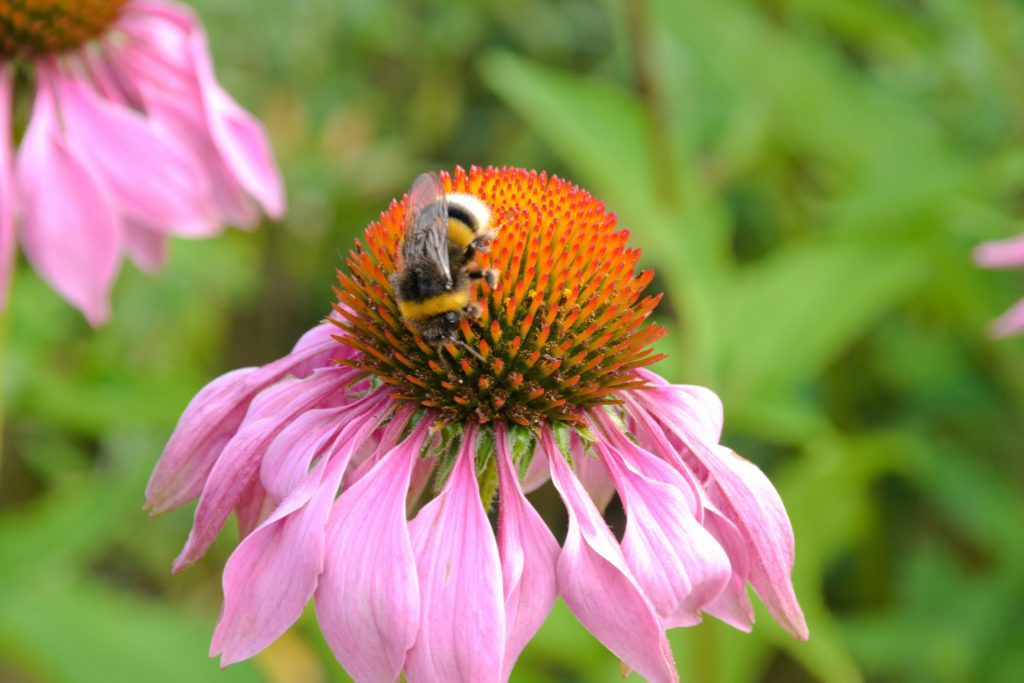
Coneflower (Echinacea)
Coneflowers are hardy perennials known for their resilience and beauty, making them ideal for winter gardens. Their strong root systems allow them to survive cold temperatures, while their tall sturdy stems provide structure even after blooms fade. Coneflowers leave behind distinctive seed heads, which add visual interest to snowy landscapes and attract birds. These low-maintenance plants are drought-tolerant and adaptable, re-emerging each spring to bring vibrant color and support pollinators, ensuring a lively garden year-round.
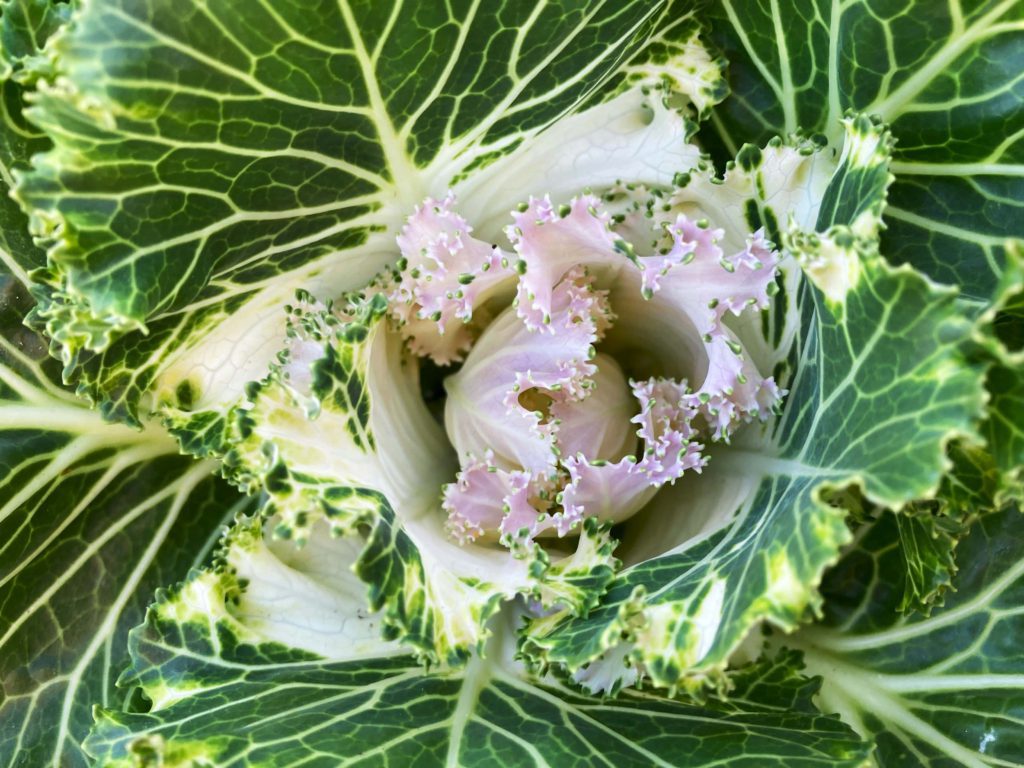
Ornamental Kale
Ornamental kale is a cold-tolerant plant that adds striking color and texture to winter gardens. Known for its frilly, layered leaves in shades of purple, pink, green, and white, ornamental kale thrives in cool temperatures, with its colors intensifying as the weather chills. Unlike many other plants, it can withstand frost and even light snow, making it perfect for adding vibrancy to winter landscapes. Low-maintenance and eye-catching, ornamental kale is a popular choice for garden beds, borders, and containers.
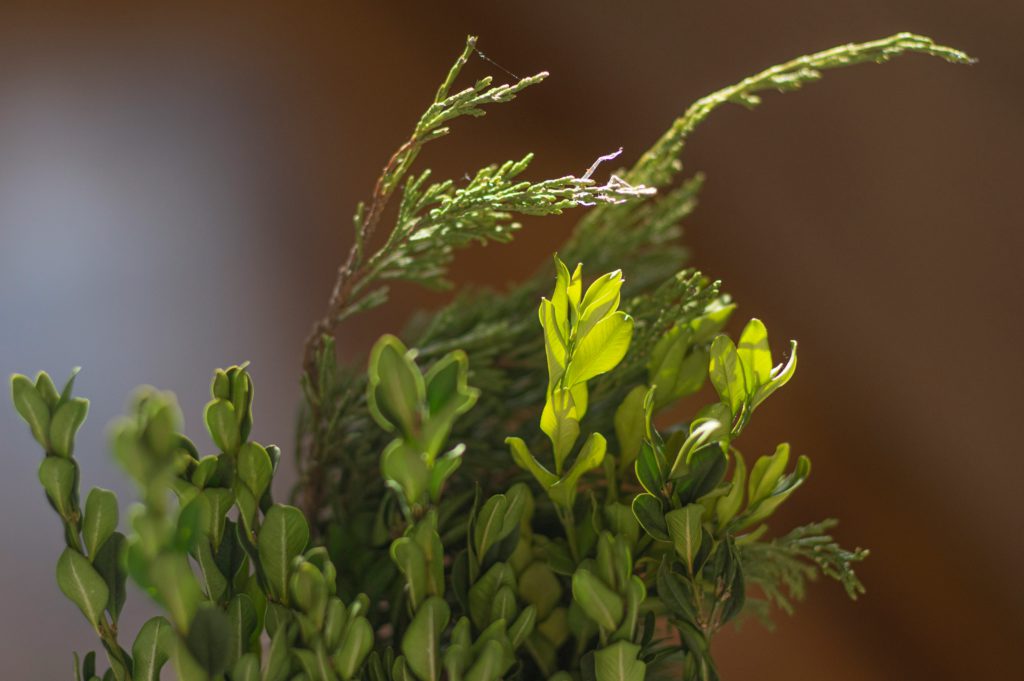
Wintergreen Boxwood
Wintergreen boxwood is a winter-hardy evergreen known for its dense, lush foliage that provides year-round structure to landscapes. It’s small, glossy leaves maintain a rich green color even in cold weather, making it a standout choice for borders, hedges, and foundation planting. This hardy shrub tolerates pruning well, allowing for creative shaping and design. Additionally, wintergreen boxwood is low-maintenance and drought-resistant, making it an ideal option for enhancing garden aesthetics while ensuring durability through harsh winter conditions.
Cold-Hardy Flowering Plants That Bloom in Winter
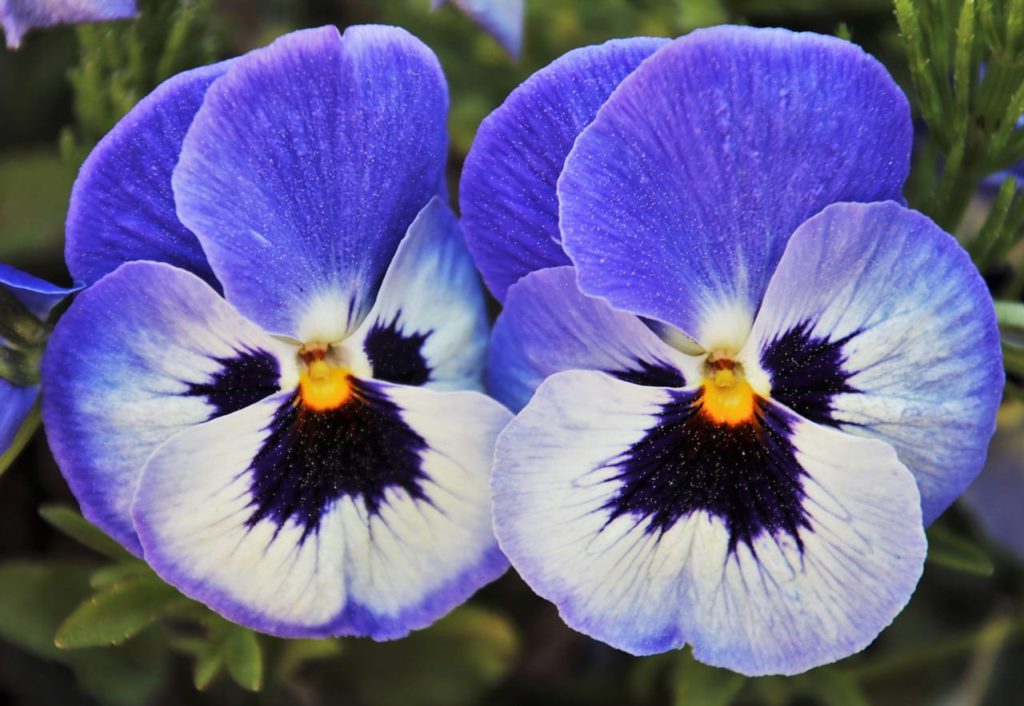
Pansies
Pansies are vibrant winter bloomers that thrive in colder weather, making them a popular choice for winter gardens. These cheerful flowers come in a stunning array of colors, including purple, yellow, blue, and white, often featuring intricate patterns on their petals. Pansies are known for their resilience, tolerating frost and snow while continuing to bloom, which adds a splash of color to dreary winter landscapes. With their compact size, they are perfect for containers, borders, and garden beds, providing lively accents that brighten up the garden throughout the colder months.

Hellebores (Winter Roses)
Hellebores, often called “Christmas roses,” are unique perennial flowers that bloom during the winter months, bringing life to otherwise dormant gardens. Their nodding blooms appear in a variety of colors, including white, pink, purple, and green, often adorned with intricate markings. These hardy plants thrive in shaded areas and are resilient to frost, making them perfect for winter landscapes. Hellebores also have evergreen foliage, providing year-round interest. Their early blooms not only add color but also attract pollinators, heralding the arrival of spring while enduring the chill of winter.
Incorporating Winter Plants Into a Winter Garden Design
Layering and Grouping Winter Plants
To create a visually appealing winter garden, mix evergreens, perennials, winter-blooming plants for year-round interest. Start with tall evergreens as a backdrop, then layer hardy perennials like coneflowers and ornamental grasses in front for texture. Incorporate color winter bloomers, such as hellebores and pansies, to add pops of color. Group plants in odd numbers for a natural look, and consider varying heights and leaf shapes to enhance visual contrast, ensuring your garden remains lively and inviting even in winter.
Adding Focal Points with Shrubs and Small Trees
Using shrubs like blue spruce and Japanese maple as focal points can elevate your winter garden design. The striking blue-green foliage of blue spruce offers year-round color and a dramatic backdrop against the winter landscape. Meanwhile, the elegant branches and stunning bark of Japanese maple create visual interest, especially when dusted with snow. Position these focal points strategically, perhaps near pathways or at garden entrances, to draw the eye and create a captivating contrast with surrounding plants and seasonal decor.
Essential Care for Year-Round Beauty
Managing Snow and Ice
To protect plants from snow and ice damage, gently shake off excess snow to prevent branch breakage. Use burlap or frost cloth to shield delicate plants from harsh winds and freezing temperatures. Snow plowing services can help keep pathways and driveways clear, reducing the risk of salt and snow piling onto garden beds. Apply a layer of mulch around roots to insulate and retain moisture. Finally, avoid using salt on walkways near gardens, as it can harm nearby plants.
Monitoring for Cold-Related Stress
Identifying winter stress in plants involves looking for signs such as wilting, yellowing leaves, or stunted growth. To manage this stress, ensure proper watering during dry spells, and apply mulch to insulate roots. Protect plants from harsh winds and frost with barriers, and avoid excessive pruning in late fall, as it can weaken plants heading into winter.
Choosing the Right Cold-Hardy Plants for Your Climate
Understanding Hardiness Zones
USDA hardiness zones categorize regions based on average annual minimum temperatures, helping gardeners choose climate-appropriate plants. Ranging from Zone 1 (coldest) to Zone 13 (warmest), these zones guide plant selection, ensuring that chosen species can thrive the local climate conditions throughout the year.
Adapting to Colder Climates
To grow winter plants in extreme cold, select hardy varieties suited for your USDA zone. Provide windbreaks, use raised beds for improved drainage, and apply mulch for insulation. Regularly check for moisture, and consider using row covers to protect against harsh weather and frost damage.
Creating a Winter Garden with Cold-Hardy Plants
Incorporating winter-hardy plants into your garden design allows you to enjoy beauty and vitality year-round. With vibrant blooms, lush evergreens, and resilient perennials, your winter landscape can thrive even in the coldest months. Embrace these hardy options to create a stunning garden that captivates through every season.

